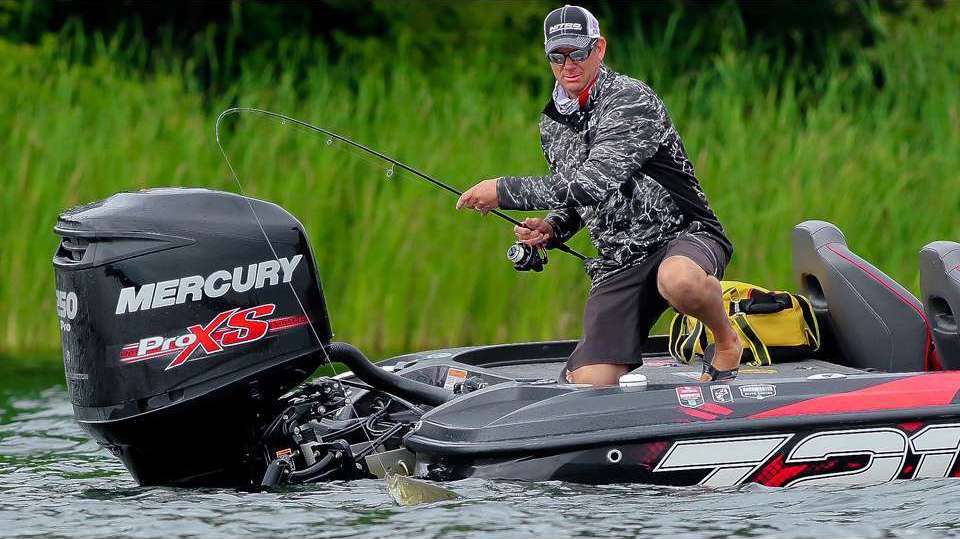
This is the time of year when anglers are planning trips to year-end championships or fall fishing vacations scheduled outside their local element.
They will be seeking out help from others, hoping to find hotspots and lure choices.
While that may be helpful, knowing the dominant baitfish in the lake you’re about to fish can be an extremely important asset.
It’s really critical during the fall when bass target the most abundant species in a given lake as they fatten up for winter.
Yet, gaining solid knowledge about the baitfish in a specific lake is something overlooked by many anglers who assume “bait is bait.”
It isn’t. The forage in your local waters may not be the same in the lake you’ll be fishing this fall. And if it is, it may not have the same habits or characteristics as the bait in another lake outside your region.
For example, here in Michigan, our lakes vary even if they are only a few miles apart. Bluegill may be the primary forage in one lake whereas a lake only a few miles down the road may contain perch, alewives, smelt, shad or even gobies.
It’s also important to note that there are regional differences in how various types of bait react in a lake. Their coloration, seasonal patterns, migration movements and even the habitat they utilize can be different.
Bluegills in Alabama do things differently than they do in Michigan. Alewives in Lake St. Clair, Mich., are different than those in Cayuga Lake, N.Y.
That’s something I’ve learned in my 28 years of touring the country and why I always make it a priority to have a deep and thorough understanding of the forage before I ever arrive to a new lake.
Want more examples? When we fished the Mississippi River at LaCrosse, Wis., this year, there were millions of little frogs everywhere. There obviously had been a good frog hatch, and the bass were targeting them.
The first time I fished a blueback herring lake, I quickly discovered that those baitfish didn’t have a blue back – it was green.
Also, just because a lake is full of bluebacks, it may also have shad and there are different times when the bass turn their focus on the shad even though bluebacks are more prominent.
Remember – bass are opportunists, and they will target the forage that requires less effort for them to eat at any given time.
That’s one reason why you will see local anglers do well in a regional event. They truly understand the forage base in those waters and fish accordingly.
Gaining pre-tournament information about the forage is easier than it was during my earlier days when there wasn’t an internet.
You can Google the lake and study biological reports, and if tournament rules permit it, contact fishing guides and anglers you know in that area. Ask what the predominate bait is in that lake and what it does during the time of year you will be competing there. Learn the spawning cycles of the forage and its seasonal habits. Those key tidbits can lead you to an area the bass are using.
During tournament practice, pay attention to the bait you see; note its colorations and size. If I catch a bass and it spits up baitfish, I’ll inspect them closely. Sometimes you will see a school of bluegills or perch following your bait back to the boat; study them to get more on-the-water information. That will help you select bait size and color more correctly when competition begins.
All of this will make you more efficient when you’re fishing this fall. After all, the bass want to eat and eat a lot. Get in an area where the buffet is loaded and serve them a lure that best resembles their favorite meal that day.
Like I say, fishing is all about the attitude!
Kevin VanDam’s column appears weekly on Bassmaster.com. You can also find him on Facebook, Twitter and Instagram.

